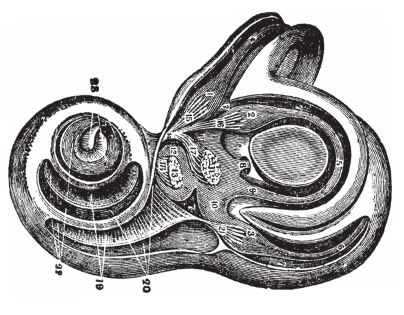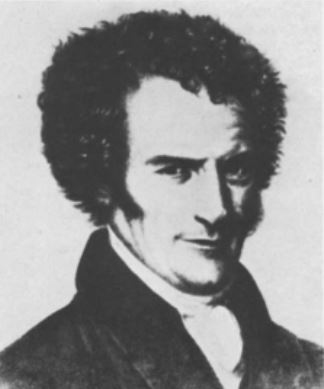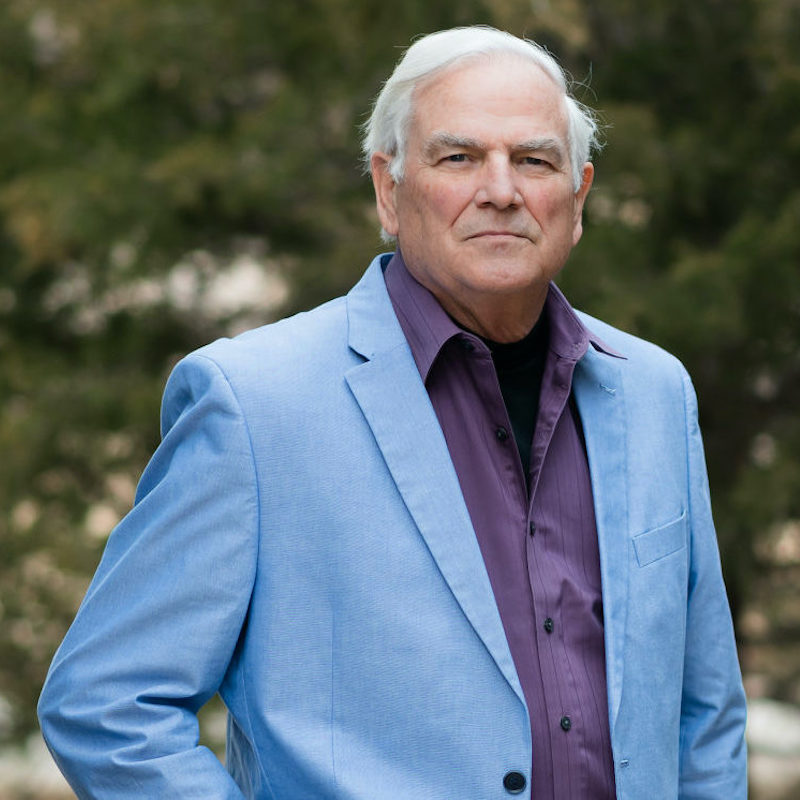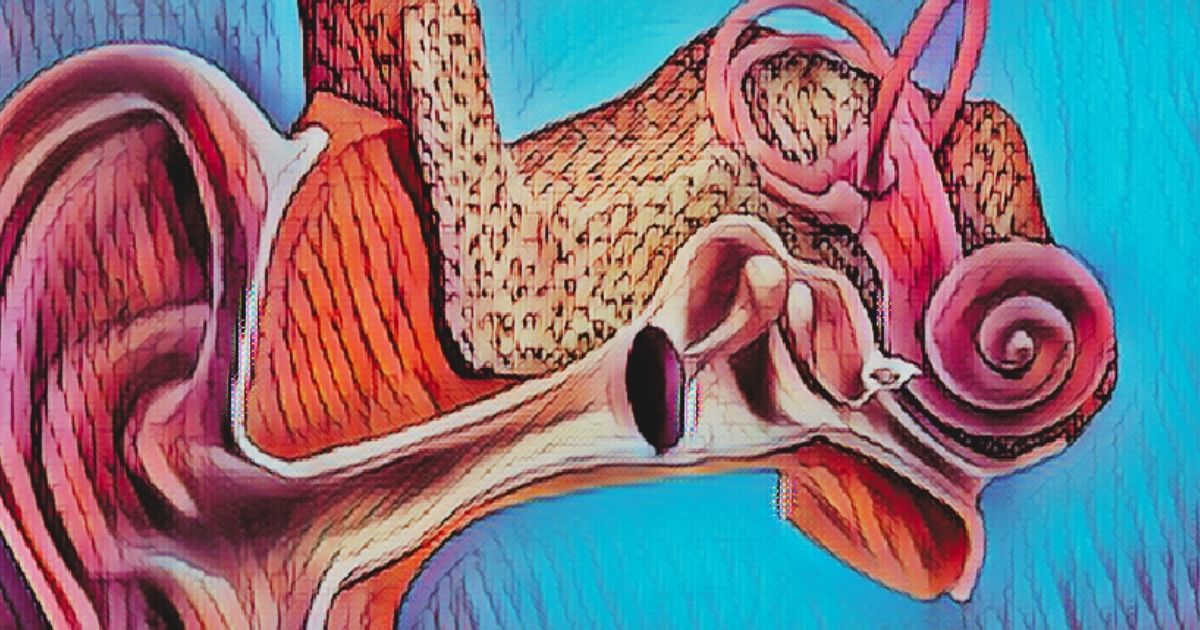Welcome to the sixth installment of Hearing International’s series celebrating the achievements of Cochlear Explorers. In this series, we acknowledge the practice of naming cells and other body structures after the researchers who first identified them, a practice known as eponyms.
This week, we shine a light on Friedrich-Christian Rosenthal (1780–1829), an anatomist born in Greifswald, Germany. It’s worth noting that there is some debate regarding an even earlier description of the canal by Samuel Thomas Soemmerring, who may have illustrated the lower portion of the spiral canal as early as 1806.
However, it is Friedrich-Christian Rosenthal who is officially recognized as the anatomist responsible for discovering the Spiral Canal within the cochlea.
Rosenthal’s Canal (Canalis Spiralis Cochleae)
 In the petrous part of the temporal bone, the auditory receptors are located in a coiled bony canal known as Rosenthal’s Canal or, anatomically, the canalis spiralis cochleae. This winding tube within the bony labyrinth makes two and a half turns around the modiolus of the cochlea. It is partially divided into two compartments by a shelf-like structure of bone called the bony spiral lamina.
In the petrous part of the temporal bone, the auditory receptors are located in a coiled bony canal known as Rosenthal’s Canal or, anatomically, the canalis spiralis cochleae. This winding tube within the bony labyrinth makes two and a half turns around the modiolus of the cochlea. It is partially divided into two compartments by a shelf-like structure of bone called the bony spiral lamina.
In his 1823 publication titled “Ueber den Bau der Spindel im menschlichen Ohr” (Translation: “About the Structure of the Cochlear Spindle in the Human Ear”), Rosenthal respectfully corrects Scarpa, a master in the field, by pointing out that Scarpa’s representation of the cochlear spindle did not entirely match the natural structure.
Rosenthal then goes on to describe a “Kanal” (canalis spiralis modioli) that follows the modiolus. He observes that all nerve fibers passing through the openings of the tractus spiralis foraminulentus reach this canal and then spread out as fine fibers on the spiral plate.
While Rosenthal’s spiral canal of the modiolus of the cochlea is frequently mentioned in scientific literature, there are few references to the man, Rosenthal, who made this discovery or to the 1823 article where he first described it.
Who was Rosenthal?

Friedrich Christian Rosenthal. Image credit: Wikipedia
Friedrich-Christian Rosenthal was primarily a general anatomist, known for his research on various animals, including whales, seals, and jellyfish. His investigations into the ear led to the identification of two eponymous structures: the canalis spiralis cochleae in the cochlea and the basal cerebral vein. Despite his fame as a cochlear explorer, Schacht & Hawkins (2004) point out that Rosenthal has often been mistakenly attributed to another individual posthumously, namely Isidore Rosenthal (1915), a German anatomist whose birth occurred after the original publication describing these structures.
Friedrich-Christian Rosenthal earned his doctorate from the Friedrich Schiller University, a historic research institution in Jena, Germany, established in 1558 and one of the ten oldest universities in the country. He began his studies at the university in 1797 and obtained his doctorate in 1802 with a dissertation titled “De organo olfactus quorundam animalium” (On the olfactory organ of certain animals).
After completing surgical training in Würzburg and Vienna, he returned to Greifswald in 1804, where he opened a private medical practice and pursued his habilitation at the University of Greifswald.
During his habilitation, Rosenthal collaborated closely with the naturalist Karl Asmund Rudolphi (1771–1832). In 1807, he successfully completed his habilitation at the University of Greifswald with a treatise on olfaction, titled “De organo olfactus quorundam animalium.” In 1810, he accepted a position at the University of Berlin, and in 1820, he returned to Greifswald as a professor of physiology and anatomy. Tragically, Rosenthal passed away in 1829 at the age of 49 due to complications from tuberculosis.
Next Week watch Hearing International for another Cochlear Explorer, Ernst Reissner
About the author

Robert M. Traynor, Ed.D., is a hearing industry consultant, trainer, professor, conference speaker, practice manager and author. He has decades of experience teaching courses and training clinicians within the field of audiology with specific emphasis in hearing and tinnitus rehabilitation. He serves as Adjunct Faculty in Audiology at the University of Florida, University of Northern Colorado, University of Colorado and The University of Arkansas for Medical Sciences.
**this piece has been updated for clarity. It originally published on July 15, 2014






